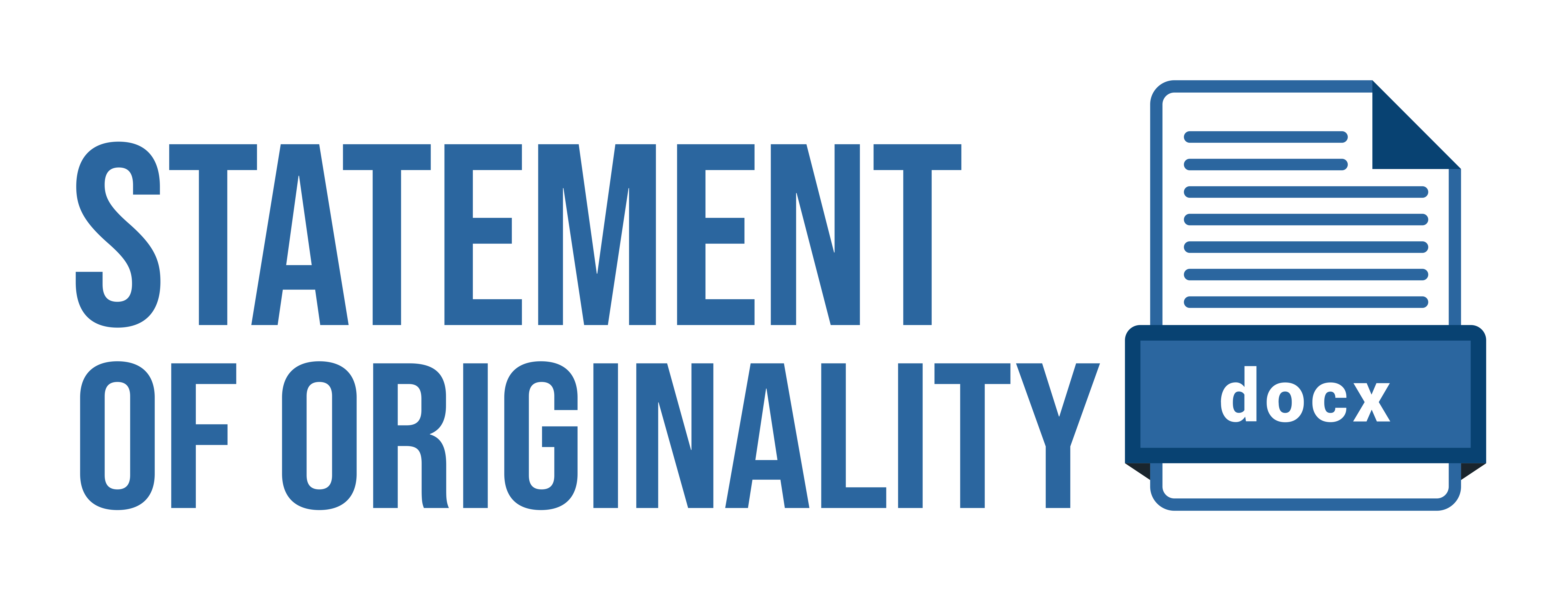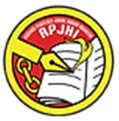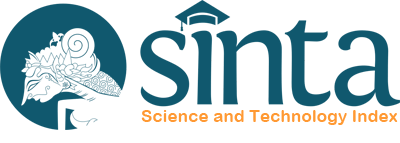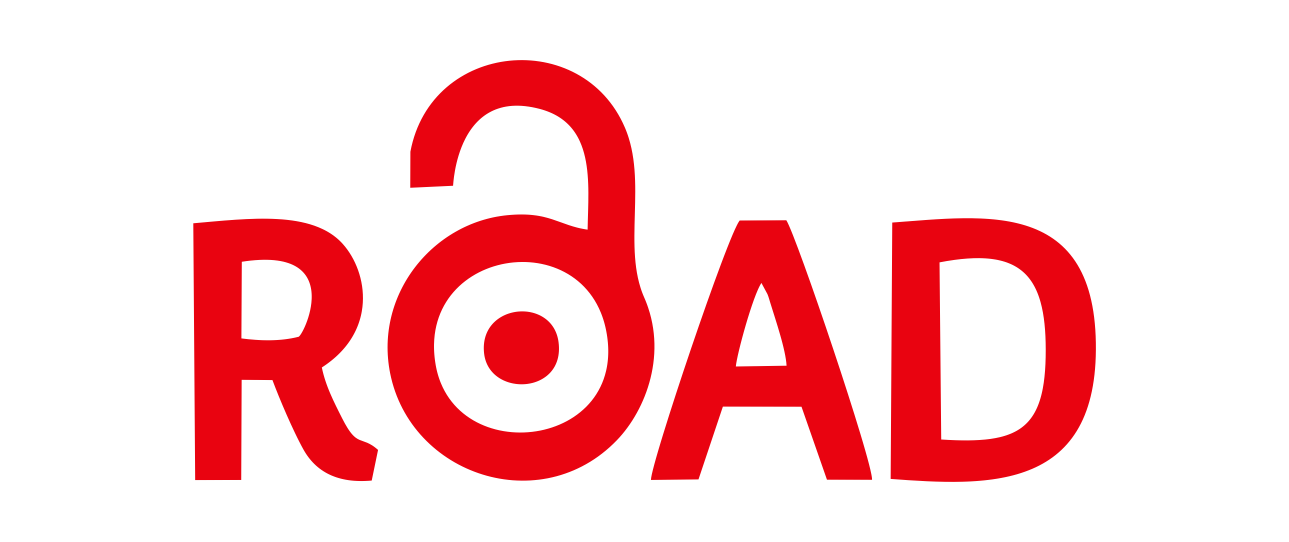UPAYA PENYESUAIAN DIRI MANTAN NARAPIDANA DALAM MENANGGAPI STIGMA NEGATIF DI KECAMATAN KLAKAH, LUMAJANG
DOI:
https://doi.org/10.15575/adliya.v14i1.8205Keywords:
Self-Adjustment, Former PrisonersAbstract
Abstract
Humans are creatures created by the creator who have a social nature that will always need help from others to interact with each other. This study aims to determine the efforts of adjusting ex-convicts in the community in response to negative stigma. Examining the adjustment efforts of this ex-convict uses the Looking Glass Self Theory from C.H.Cooley and the Stigma Theory from Erving Goffman. This research uses a case study approach in qualitative research. Research subjects were ex-convicts who were selected using apurposive technique. The study was conducted in Klakah District, Lumajang Regency with data collection techniques in the form of observation, interviews and documentation. Data analysis techniques using models from Miles and Huberman. Data validity test is done by the source triangulation method. The results of the research conducted by the author are the adjustment efforts made by ex-convicts to be able to return to the community environment will lead to positive and negative results, although it is difficult and requires a long time but the former drug can be accepted back by the community.
Â
Abstrak
Manusia adalah makhluk yang diciptakan oleh sang pencipta yang memiliki sifat sosial yang akan selalu membutuhkan bantuan dari orang lain untuk saling berinteraksi satu sama lain. Penelitian ini bertujuan untuk mengetahui upaya penyesuaian diri mantan narapidana dimasyarakat dalam menanggapi stigma negatif. Mengkaji upaya penyesuaian diri mantan narapidana ini menggunakan Teori Looking Glass Self dari C.H.Cooley dan Teori Stigma dari Erving Goffman. Penelitian ini menggunakan pendekatan studi kasus dalam penelitian kualitatif. Subjek penelitian adalah mantan narapidana yang dipilih menggunakan dengan teknik purposive. Penelitian dilakukan di Kecamatan Klakah, Kabupaten Lumajang dengan teknik pengumpulan data berupa observasi, wawancara dan dokumentasi. Teknik analisis data menggunakan model dari Miles and Huberman. Uji keabsahan data dilakukan dengan metode triangulasi sumber. Hasil penelitian yang dilakukan oleh penulis adalah upaya penyesuaian yang dilakukan oleh mantan narapidana untuk dapat kembali di lingkungan masyarakat akan mengarah pada hasil positif dan negatif, walaupun sulit dan membutuhkan waktu yang lama tetapi mantan napi dapat diterima kembali oleh masyarakat.
References
Arikunto, Suharsimi. Prosedur Penelitian Suatu Pendekatan Praktik. Jakarta: PT Rineka Cipta. 2010.
Gunawan, Imam. Metode Penelitian Kualitatif: Teori dan Pratik. Jakarta: Bumi Aksara, 2013.
Goffman, Erving. Stigma: Notes On The Management Of Spoiled Identity. New York: Simon & Schuster Inc, 1963.
Grifin, E. In A First look at Communication Theory (p.Eight Edition). Amerika: McGrew Hill. 2012.
Iskandar, Abraham Barkah. Resiliensi Mantan Narapidana Terhadap Penolakan Lingkungan. Skripsi. Program Studi Psikologi Fakultas Psikologi Universitas Sanata Dharma Yogyakarta. 2017.
Moleong, Lexy. J. Metode Penelitian Kualitatif. Bandung: PT. Remaja Rosdakarya. 1994.
Rakhmat, Jalaludin. Psikologi Komunikasi. Bandung: Rosda Karya. 2007.
Ritzer, G dan Goodman. Teori Sosiologi Modern. Jakarta: Kencana, 2007.
S., Nasution. Metode Penelitian Naturalistik Kualitatif. Bandung: PT Tarsito. 1996.
Strauss, Anselm & Imam Muttaqien. Dasar-dasar Penelitian Kualitatif. Yogyakarta: Pustaka Pelajar. 2007.
Sugiyono. Metode Penelitian Kuantitatif Kualitatif dan R&D. Bandung: Alfabeta, 2015.
Sukardi. Penelitian Subjek Penelitian. Yogyakarta: Lembaga Penelitian IKIP Yogyakarta. 1995
Yusuf, A Muri. Metode Penelitian: Kuantitatif, Kualitatif, dan Penelitian Gabungan. Jakarta: Prenamedia Group, 2014.
Downloads
Published
How to Cite
Issue
Section
Citation Check
License
Authors who publish in ADLIYA: Jurnal Hukum dan Kemanusiaan agree to the following terms:
- Authors retain copyright and grant the journal right of first publication with the work simultaneously licensed under a Attribution-ShareAlike 4.0 International (CC BY-SA 4.0) License that allows others to share the work with an acknowledgment of the work's authorship and initial publication in this journal.
- Authors are able to enter into separate, additional contractual arrangements for the non-exclusive distribution of the journal's published version of the work (e.g., post it to an institutional repository or publish it in a book), with an acknowledgment of its initial publication in this journal.
- Authors are permitted and encouraged to post their work online (e.g., in institutional repositories or on their website) prior to and during the submission process, as it can lead to productive exchanges, as well as earlier and greater citation of published work (See The Effect of Open Access).
















